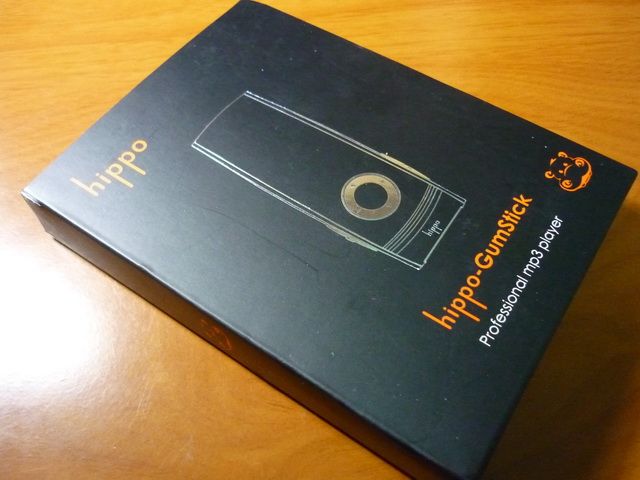
Spec
Class A amp
Dimensions: 75x27x15 mm
Weight: 36g
Screen: 1 inch OLED with 3 lines of text
Price: US$99
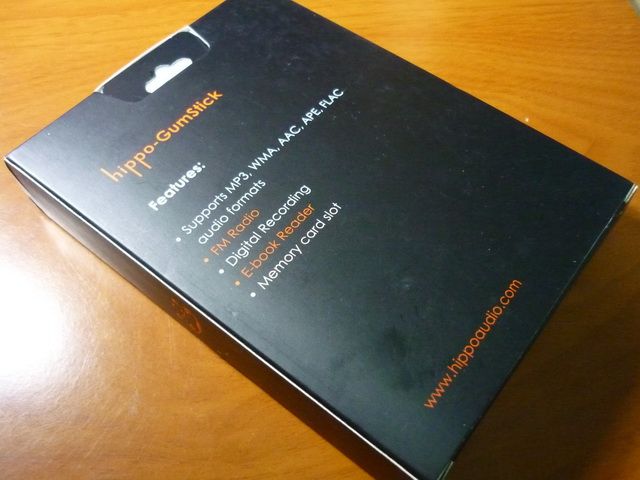
Main Features:
Codec support: MP3, WMA, AAC, APE, FLAC.
4GB internal and uSDHC slot
FM radio with auto scan
EQ: normal, rock, jazz, classical, pop, bass, user (5 bands: 80, 250, 1k, 4k and 12kHz +/-12dB)
4 playback modes: normal, repeat one, repeat all, shuffle.
Voice / radio recorder
Text and lyrics reader
Mass Storage Class device (plug and play)
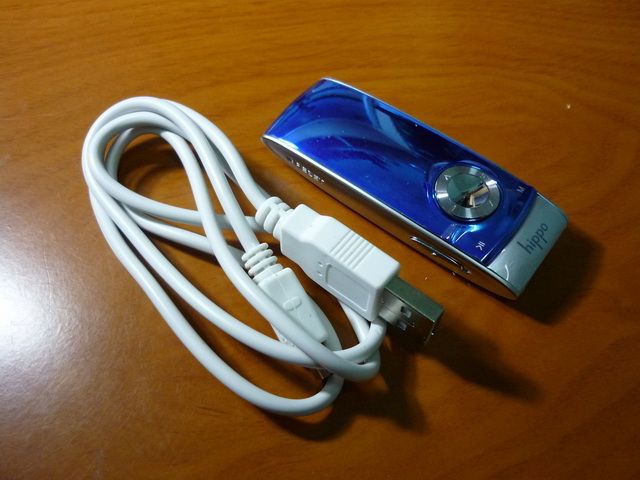
Packaging, Accessories and Build Quality
The overall packaging is a bit dull, but typical of Hippo. There is almost no real spec being listed. Things like output power and battery capacity / life are all unclear, though not a surprise since the OEM HiSound didn’t really release much spec about their own Rocoo-A either. Even though listed spec on most electronics can be a little overstated and misleading, it is still a good baseline to understand the basic functions and features. In this case, I do hope to see more published information from HiSound in the future. The only accessory in the packaging is the USB cable Build quality is decent though nothing spectacular to speak of. It is the same basic design as HiSound’s own Rocoo-A and Cube C30. The main difference is the gunmetal blue color which does look a little better than the silvery gray color of Rocco-A. The gunmetal blue surface is fairly reflective which means operation under direct sunlight is fairly challenging. The main body of the player is made out of plastic and the quality is decent. The only complaint I have is the buttons can be a little unresponsive at time and require a second press, but in general they response good enough. For those who plan to use the uSDHC slot, you will be happy to know that the uSD card sits fairly flush in the slot and it is not difficult to insert or remove.
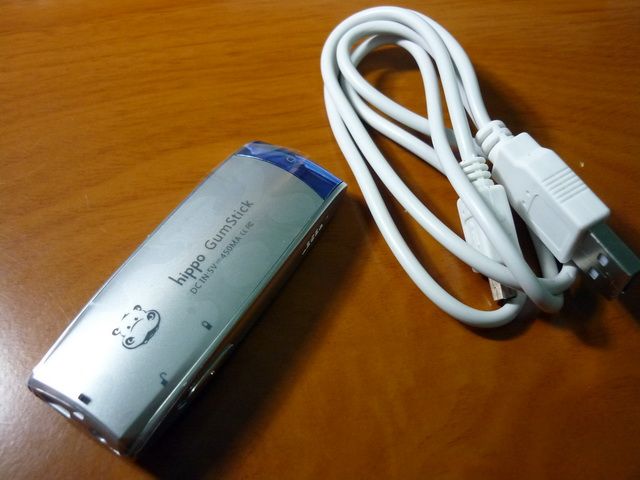
Navigation
Basic navigation is very simple and straight forward just like most DAP of this kind, it just take some time to read the manual and find out which key to press. It is a MSC device so any PC should just recognize it as removable memory storage. The player doesn’t support any sorting via tag (in fact, it doesn’t seem to support tag at all except displaying the artist name when playing music), so it is best just to put music album in their individual folder instead of one big folder where it can be a little hard to find the album you want to listen. External memory is also treated as an individual folder Some of the neat tricks in the player include a hidden clock in the main menu (press A-B button in main menu) and quick EQ change (press and hold A-B button when playing music). There is also the common FM radio (with recording function), voice recorder, and some less useful function such as TXT reader and lyrics reader which isn’t much to look at in the tiny screen. The play / pause button (which is the lower right corner of the gunmetal blue front plate) serves as power button in long press, while the M button (upper right corner) is ‘select’ in short press and ‘manual’ in long press.
The firmware isn’t perfect. First, there is a glitch that shows ‘Rock’ EQ when you turn on the player, even though it is actually still on the last EQ setting you have. You can just ignore it as it is. Second, there are reports on playback issue with FLAC file, mostly on FLAC with odd tag or questionable origin. Just so you know, I haven’t tried any FLAC or APE on mine as I don’t intend to use a 4GB DAP for lossless music. For me, 320kbps is more than enough for portable use and so far I have no problem with any mp3 or wma I put on the player. Thirdly, while not really a glitch, the player resets its volume to 15/31 each time after restart. Since the output is actually quite high on the Gumstick, I would think 10/31 or lower makes better sense as you won’t want to blow your eardrum out with high sensitivity headphone. Of course the better thing will be for the player to remember the volume after restart.
Hiss
There is a very low level hiss in Gumstick. It is so low that only my SE530 is able to pick it up when no music is playing and it is lower than the screen hiss on s:flo2. The hiss is completely undetectable on my other IEM.
Battery Life
On high quality mp3 and wma with continuous playback, the battery lasts about 8 to 12 hours depends on the volume setting. Not too bad for a class A biased player.
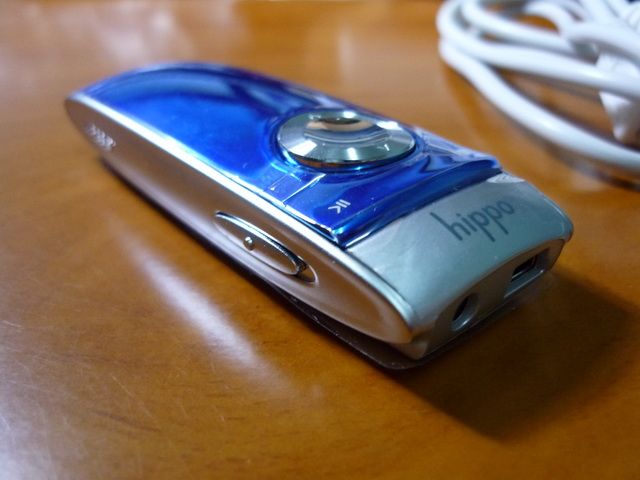
Sound Quality
So what does it means to be class A biased and what is the main benefits? In simple term, it is basically forcing the opamp’s output to ‘turn on’ all the time regardless of whether there is an input signal or not. This reduces the thermal variation and eliminates crossover distortion caused by internal switching, which improves the opamp’s performance. The downside about class A amp is that it is not very energy efficient since it still require power even in idle. One of the big selling points of Gumstick is that it has a class A amp inside.
Judging from the PC connection, Gumstick ‘seem’ to be based on SigmaTel chipset (which used to be popular choices for small DAP as well as onboard soundcard for a few big brands, though the brand has became more like an empty shell after being sold to FreeScale). The interesting bit is that the Rocoo-A is based on Rockchip solution, while Cube C30 is actually SigmaTel based. There were some heated discussion between supporters (in Chinese forum) on both companies a while ago on these two very similarly looking players, and it seems (and very much unconfirmed) that Cube could very well be doing some OEM work for HiSound as well. So perhaps a wild guess will be that Gumstick is a hybrid of the two with a SigmaTel core like the C30 and a class A biased amp from Rocoo-A.
For what I know about Rocoo-A, it is said to have an 80mW output. If Gumstick is based on the similar design, it is safe to assume the output will be similar as well. From comparison done with Fuze (60mW output), it does seems to support the theory. What this means is that Gumstick will likely to do a better job with harder-to-drive headphone compared to Fuze.
EQ function is passable on the Gumstick. I didn’t play with it too much since I really don’t find it much of a necessity.
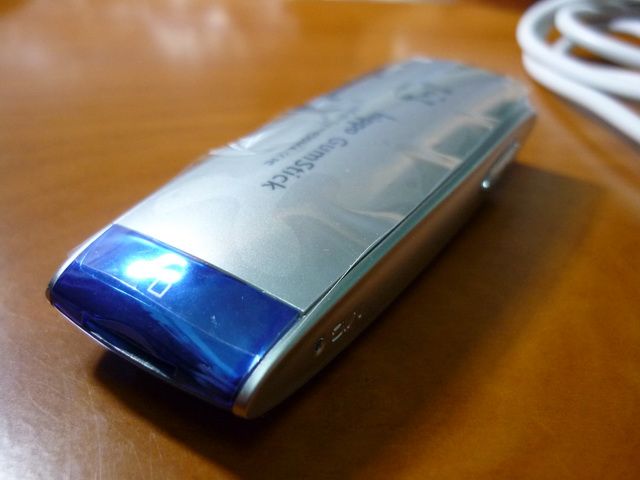
For comparison, I listen to Gumstick side-by-side with Fuze and s:flo2 with RE-ZERO, RE0, ER4S. The choice of the three IEM reflects the three levels of driving-difficulty: easy, a little hard, and harder.
With low impedance, high sensitivity IEM like the RE-ZERO, Gumstick offers no distinctive advantage over Fuze. The main difference is on the sound signature. Gumstick sounds a little more extended and cleaner on both ends with sharper treble and a quicker bass note and a slightly more forward mid. Fuze is more rounded, smoother, and fuller on bass to lower mid. The only place Fuze does better than Gumstick is on soundstage and instrument separation, but the difference is not enough to call for a winner. S:flo2 on the other hand sounds very different from the other two. The uniquely clean and cold headphone-out sounds more transparent than the other two, though synergy wise it is the worst match (among the three DAP) to RE-ZERO’s cold and analytical sound signature (especially if you have the v2.3 firmware on s:flo2). However, s:flo2 offers much better soundstage and micro detail which sets itself apart from Gumstick and Fuze.
With RE0, the difference between Gumstick and Fuze is much more apparent. I have been listened to RE0 with Comply TX100 for a while now and this combination actually requires a little more power than RE0 with silicone eartips. The earwax filter in TX100 increases the acoustic impedance of RE0 (which adds some really enjoyable bass into the mix) but also make the treble just a little dull when it doesn’t receive enough power. Gumstick sounds much more controlled with better texture across the whole frequency and more impactful bass compared to Fuze, which sounds more compressed where the bass impact is weak and mid is a little muddy. S:flo2 continues to be the best sounding of the three with the best dynamic, texture, extension, transparency and soundstage among the three. However, s:flo2 bass just sounds a tab less in quantity compare to Gumstick. Overall, S:flo2 also matches better with RE0 than RE-ZERO.
With ER4S, The observation is similar to that with RE0. Fuze is still the dullest and more compressed sounding of the three. Gumstick is better, but the treble and dynamic performance are not quite as able to keep up with S:flo2 as in RE0, though overall it is still doing a pretty fine job consider it is only half the size of Fuze. S:flo2 drives ER4S pretty well with its headphone-out. I didn’t detect any particular lacking in whole frequency though as noted above, the bass quantity is adequate but Gumstick is pumping out more bass in comparison.
Overall, Gumstick sounds a little cleaner, more neutral and transparent than Fuze, but there is still a fainted sense of warm in the mid. With a better headphone, it is able to reveal texture and retrieve micro detail better than Fuze headphone-out and only get outmatched by Fuze when Fuze is hooked up with iBasso T3D via custom LOD. Still, both of them are not quite able to compete with the s:flo2 though given the hardware limit, it should not be a surprise at all. That being said, it is nevertheless an amazing feat to see such a small DAP able to output so much power and perform so well.
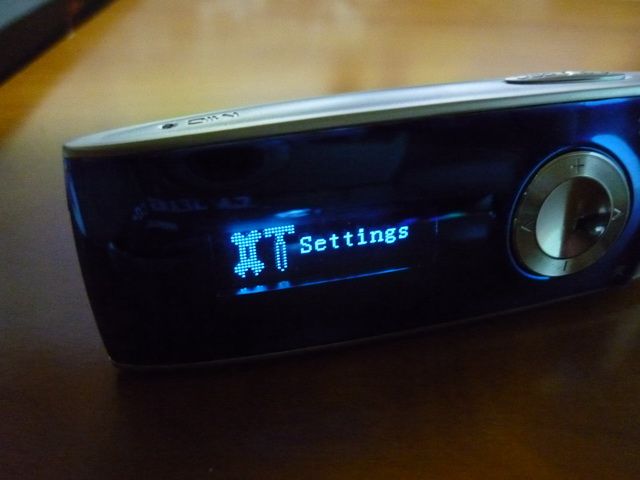
Verdict
So Gumstick doesn’t turn out to be equal or better than s:flo2, but how much could you expect from a DAP that is less than 1/3 of size and weight? For those who are looking for a memory stick style DAP with maximum portability and high quality sound, Gumstick is an option well worth the consideration.





